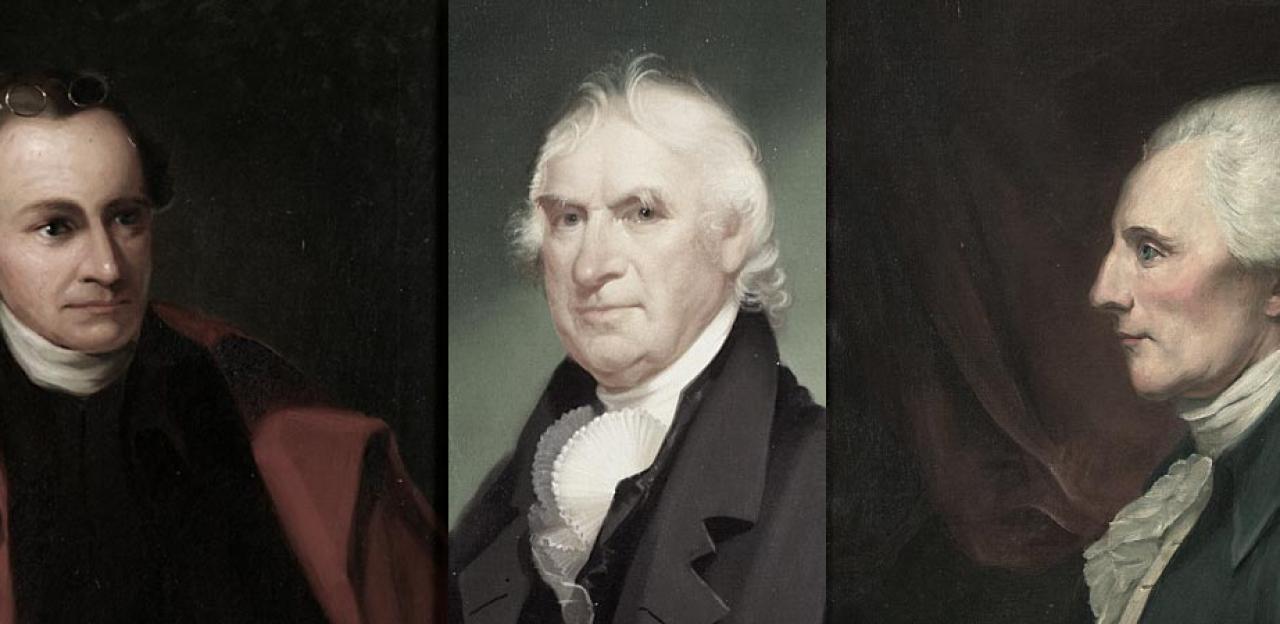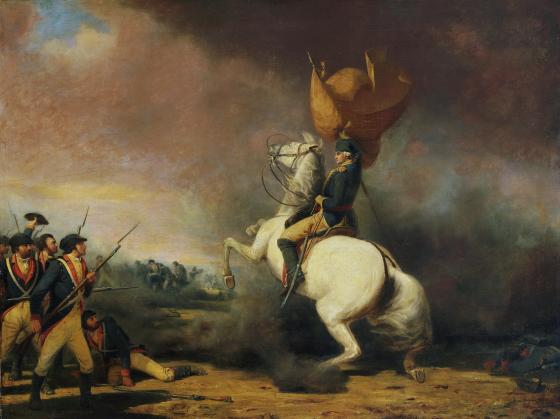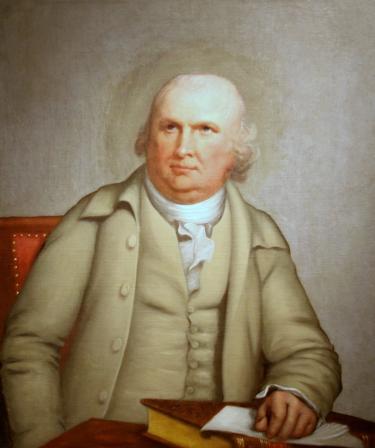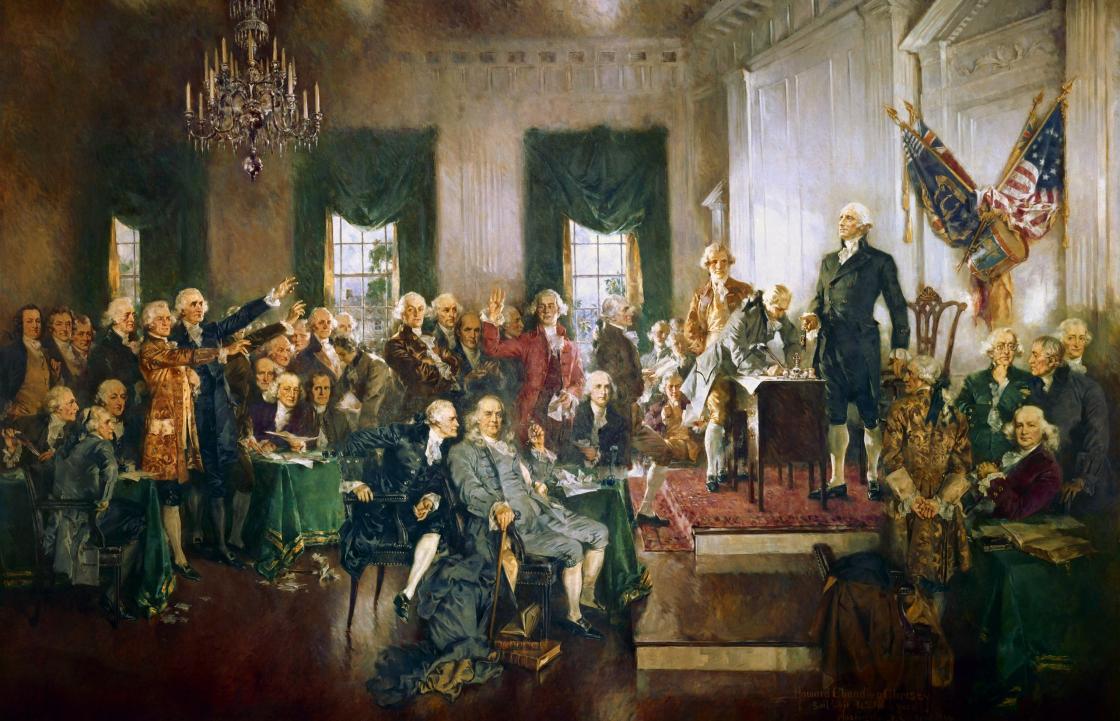Antifederalists and the Birth of American Party Politics

As we discuss the different political factions to emerge during the American Revolutionary generation, we must understand their reasons for coming into existence and how they differed from opposing factions. Like all things, there usually is a counterpoint or weight to a prevailing motion or opinion. As Federalists emerged from the Philadelphia Convention’s eventual success in ratifying the new US Constitution, deep divisions remained among those who feared the Constitution was designed to destroy the democratic autonomy of the individual states that the confederation had enshrined.

Context matters to our understanding of how opposition to the Constitution grew. Before the American Revolution, the British North American colonies had existed under the Crown’s governance and authority. But up until the mid-1760s, London had remained largely benign to local rule from assemblies and legislatures. At the start of the French and Indian War, the first true national conference was called by Benjamin Franklin to defend against the French and establish treaties with Native Americans. The Albany Convention sought to create a continental alliance that could determine North American interests for themselves. It failed, partially because the individual colonies remained committed to localism and could not agree on how to support each other. These sectional feelings remained intact at the beginning of the Revolution in 1775. When he took command of the Continental Army, General Washington, among other things, had to create a fighting force that self-identified as a national army; one that remained divided over sectional prejudices threatened to instill disunity. Beyond the complexities that went into managing and winning the war, sectional differences among the colonies remained after American Independence had been won. Sure, these United States now existed, but certain states viewed themselves and their surrounding regions as far more important than others. Localism and smaller governmental bodies remained widely popular. Power and influence over sectional interests continued to undermine national unity, themes that would play out in the heated debates over ratification.
Among the earliest suspicions were calls by some in the Confederation Congress to consolidate its taxing power into a national apparatus. This was in response to the inabilities of Congress to raise funds to pay for the American Revolution (see below). Most state assemblies and governments balked at the idea of losing their ability to raise monetary contributions themselves. Many state delegates saw this attempt as tyranny and against what they had just fought for in the war. The other major event that created conflict between the supporters of a united confederation of states and supporters of amending the Articles of Confederation was Shays’ Rebellion in western Pennsylvania in 1786. Veterans of the war refused to pay local tax collectors and the state was inept at putting the insurrection to rest. Delegates and men of interest saw the situation as a calamity for American authority and feared it could lead to future insurrections that undermined the ability of the governing bodies to enforce laws and protect citizens.
In 1786, a convention was called in Annapolis to discuss how to amend the Articles of Confederation. However, barely anyone showed up. Among the handful that did show enthusiasm for doing something were Alexander Hamilton and James Madison. Hamilton, along with Robert Morris, had been calling for a revision of the Articles since being elected to Congress in 1782. The two money-minded delegates had seen the issues with how the American currency system was broken and sought to remedy it by creating a national bank and consolidating the existing war debts of the states into a singular account held by a revamped national government. Madison, on the other hand, was an up and coming Virginia delegate who was well-versed in political theory. Unlike Hamilton, Madison’s focus pertained to the confederation’s inability to effectively govern itself as a collection of sovereign states. As the Philadelphia Convention was being shaped in the spring of 1787, many already assumed the task at hand would be to scrap the Articles altogether for something new. Without the Confederation Congress presiding, this was technically illegal. Therefore deliberations were kept secret from the public.

During the debates in the Pennsylvania State House (later to be renamed Independence Hall), delegates were largely all in favor of federalism, the proposed system that would divide powers between the national and state governments, affording some powers to the national government and others to the states. The main arguments under scrutiny were how much control and power should be vested in the singular national government. Antifederalists, as they came to be called, were the voices warning of tyranny and a new monarchy if too much power was vested in a national body. Though agreeing the Articles needed visions, they preferred the confederation model of vesting most legislative powers within the individual states.
Among the Antifederalists were prominent revolutionaries such as Virginia Governor Patrick Henry and state delegate Richard Henry Lee. Others like Elbridge Gerry and George Mason had been champions of the revolution but were now taking aim at the proposals for upending the confederation. Despite both being of the Virginia gentry class, Mason’s tacking towards opposing ratification permanently damaged his friendship with George Washington. Even still, sectional prejudices were still rooted in many of these delegates. What the Revolution and now the federal Constitution sought to do in creating a national identity still did not convince some that localized differences should be ignored in favor of a more national culture. William Maclay of Pennsylvania viewed the people of his home state as far superior in manners and religious tolerance than those from New York and Massachusetts.
Another major divide between those supporting the federal Constitution and those who did not were monetary interests. An even amount of the convention’s delegates were lawyers in practice or study and served business interests that were evenly divided among the mercantile classes in the North and the more agrarian ones in the South. The institution of slavery, of course, played a major factor in weighing concessions towards the southern states. The remaining interests lay with those who held vast claims to land in the western territories beyond the then-current borders of the United States. Land speculation was one of the riskiest investments of the era; it could lead to potential financial ruin (ask Robert Morris). Regardless, these deeds were under the ownerships of those few who had fronted hard coin to Congress during the war to pay for valuable supplies and the fund the Continental Army. Recall, because the Articles of Confederation prevented Congress from raising funds, many private citizens wrote notes on credit and funded necessary payments on the assumption Congress and the individual states would pay them back. By 1787, many of these individuals were trying to unload the interest loans as creditors came collecting. But Congress still had no authority to discharge the debts without the states stepping up to reimburse the loans. And none of the states had stepped up to the task. These individuals had then the most to gain by unloading these debts into Hamilton’s proposed monetary scheme. The delegates who had no such debts were far more likely to challenge the plan’s authority and legitimacy, fearing it removed the ability of individual states to keep their sovereignty over monetary decisions and contributions.

The Convention wrapped up in September 1787 and thus began the lobbying campaign by both sides to convince voters and state assemblies to vote either for or against ratifying the Constitution. Virginia and New York became vociferous theaters of partisan campaigning. Federalists John Jay, Alexander Hamilton, and James Madison wrote eighty-five essays that were published in favor of the Constitution. These would become known as The Federalist Papers. To counter, several antifederalists penned their own essays in defense of the confederation and warned the Constitution would jeopardize what the American Revolution had won.
Ultimately, one of the largest caveats made by antifederalists was the assumption that Washington would serve as the first chief executive. Of all the public figures in the country, no one had a reputation for personal integrity as the war hero who won American Independence. It would take several of his close friends, including letters by Gouverneur Morris, to persuade the retired general to take the position. Even Washington had to be made to believe that only he, and no one else, could give the new federal government the legitimacy it needed for all parties to rally behind it. He reluctantly accepted. The other guarantee accepted was a bill of rights to be later ratified in order to secure specific things the new government could not impede. Madison would be the chief architect of the Bill of Rights, which was accepted in 1791.
Though the party politics that consumed the 1790s was not of the same DNA that spurred debate over ratification in 1787, the shape and candor of many of the leading partisan arguments surely came from the embers left to simmer from the Philadelphia Convention. While some antifederalists converted to the Federalist Party upon the ratification of the Bill of Rights, others remained committed to opposing the centralized government that seemingly favored certain interests over others. The Democratic-Republican Party that came into power in 1794 and its predecessor, the Jeffersonian Republicans, owe many of their ideals and members to the philosophical debates and divisions that began in the 1780s.
Further Reading
- The Bill of Rights: The Fight to Secure America’s Liberties By: Carol Berkin
- George Mason, Forgotten Founder By: Jeff Broadwater
- The Jeffersonian Republicans; The Formation of Party Organization, 1789-1801 By: Noble E. Cunningham Jr.
- How Democratic Is the American Constitution? By: Robert A. Dahl
- The Anti-Federalist Papers and the Constitutional Convention Debates By: Ralph Ketchum
- James Madison and the Struggle for the Bill of Rights By: Richard Labunski
- Notes of Debates in the Federal Convention of 1787 By: James Madison
- The Antifederalists: Critics of the Constitution, 1781-1788 By: Jackson Turner Main
- Novus Ordo Seclorum: The Intellectual Origins of the Constitution By: Forrest McDonald
- Constitutional Journal: A Correspondent’s Report From the Convention of 1787 By: Jeffrey St. John


